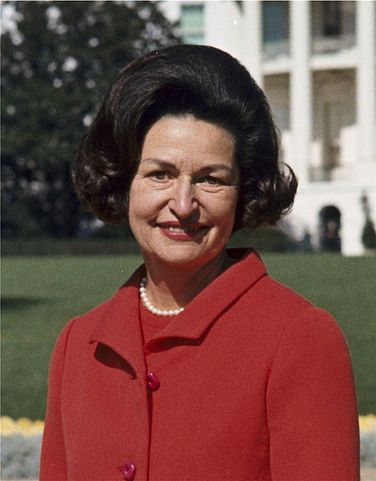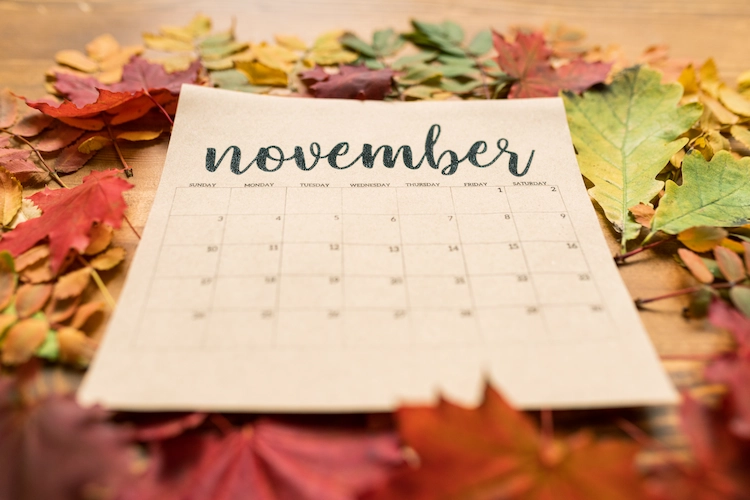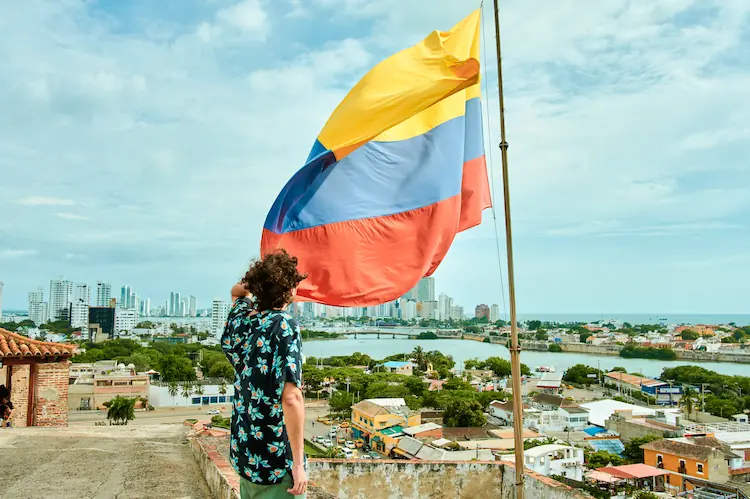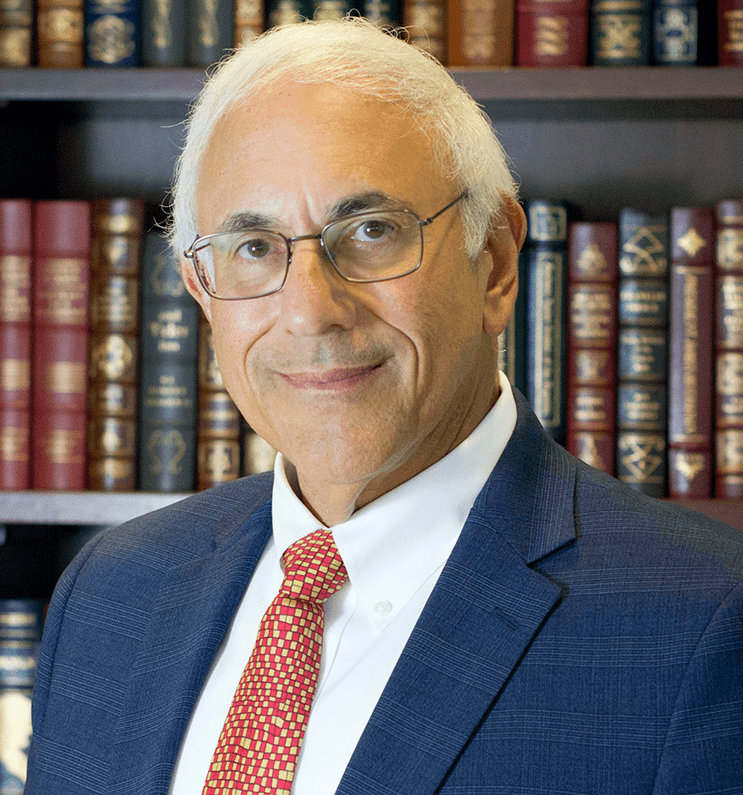
Claudia Alta Taylor “Lady Bird” Johnson was the wife of President Lyndon Johnson. She served as First Lady from 1963 to 1969.
Early Life
Claudia Alta Taylor was born on December 22, 1912, in Karnack, Texas. Her famous nickname, “Lady Bird,” dates back to her childhood. As a baby, her nursemaid reportedly said that she was as “pretty as a ladybird.”
After Lady Bird’s mother died when she was five, her father relied on her aunt and family servants to help raise her. She spent summers with family in Alabama, where she developed a lifelong love of nature and the outdoors. After graduating high school, Lady Bird attended the University of Texas. She graduated in 1934, earning a Bachelor of Arts degree in history, as well as a degree in journalism.
Marriage to Lyndon Johnson
Lady Bird met Lyndon Baines Johnson in 1934, while he was visiting Austin as a Congressional aide. Lyndon proposed on their first date; however, Lady Bird did not want to rush the relationship. Ten weeks later, she agreed to marry him. In her own words: “Sometimes Lyndon simply takes your breath away.”
Lady Bird and Lyndon were married on November 17, 1934, at St. Mark’s Episcopal Church in San Antonio, Texas. Lady Bird suffered several miscarriages before giving birth to two daughters: Lynda Bird and Luci Baines.
From his first election to Congress, Lady Bird was a dedicated political wife. When he enlisted in the Navy in World War II, she ran his congressional office in his absence. She also helped him keep his office running smoothly when he suffered a heart attack while serving as Senate Majority Leader.
Lady Bird Johnson became the country’s Second Lady when Lyndon was elected Vice-President under President John F. Kennedy. She often filled in for Jackie Kennedy at official events and was prepared for the role of First Lady when President Kennedy was assassinated in 1963.
First Lady of the United States
Lady Bird Johnson is credited with modernizing the office of the First Lady. She was the first to have her own press secretary and chief of staff, as well as an outside liaison with Congress.
While Lady Bird Johnson advocated many different causes as First Lady, her most cherished were conservation and beautification projects. After establishing the First Lady’s Committee for a More Beautiful Capital, she expanded her program to cities across the country.
According to Johnson, “Though the word beautification makes the concept sound merely cosmetic, it involves much more: clean water, clean air, clean roadsides, safe waste disposal and preservation of valued old landmarks as well as great parks and wilderness areas. To me…beautification means our total concern for the physical and human quality we pass on to our children and the future.”
Later Life
After leaving the White House, the Johnsons returned to Texas. Lyndon died four years later in 1973. Lady Bird dedicated her remaining years to spending time with her family and preserving her husband’s legacy. She published “A White House Diary” in 1970, which gave an inside look into her years as first lady, as well as her husband’s administration. Her tenure was also chronicled in a 1981 documentary film, “The First Lady, A Portrait of Lady Bird Johnson.”
Lady Bird also continued her public work, co-founding the National Wildflower Research Center in 1982. She also served on the National Park Service Advisory Board, and was the first woman to serve on National Geographic Society’s Board of Trustees. She received the Presidential Medal of Freedom in 1977, and the Congressional Gold Medal in 1988, the highest honors bestowed upon a US civilian.
Lady Bird Johnson died on July 11, 2007, at the age of 94. She is buried alongside her husband at the Johnson Family Cemetery.








